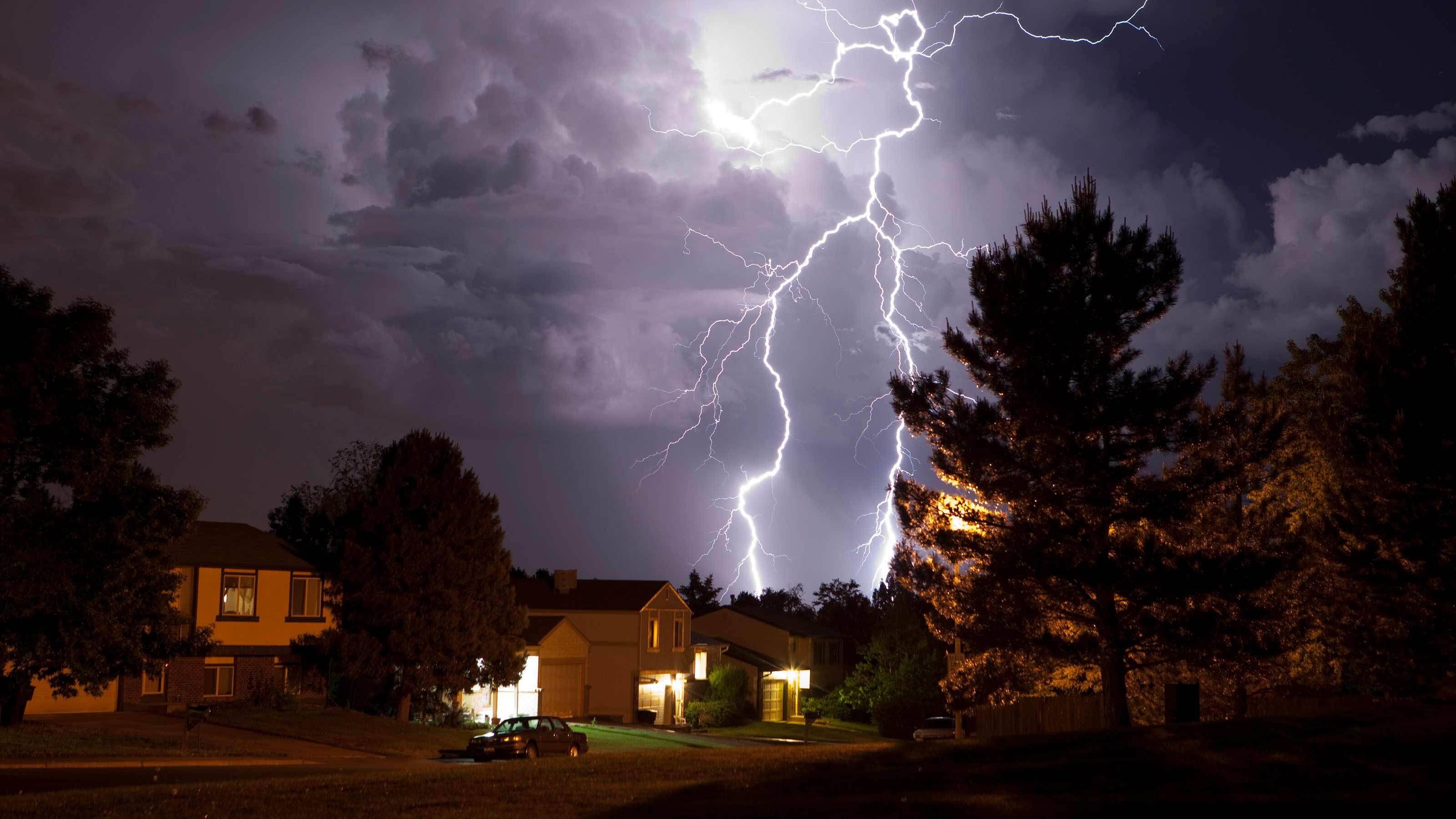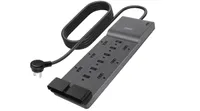How to Stay Safe During Summer Storms: What to Know About Lightning Risks
Learn how to protect your home, electronics, and personal safety from lightning strikes this summer — plus what your insurance might cover.


As we head into summer storm season, lightning strikes are an increased danger.
According to the National Weather Service, approximately 100,000 thunderstorms occur in the United States each year, and certain locations, such as west central Florida, can experience particularly severe thunderstorms.
Natural disasters such as lightning can cause death and property destruction, and lightning strikes are a frequently overlooked danger. These lightning safety tips can help you protect yourself, your loved ones and your home.
From just $107.88 $24.99 for Kiplinger Personal Finance
Become a smarter, better informed investor. Subscribe from just $107.88 $24.99, plus get up to 4 Special Issues

Sign up for Kiplinger’s Free Newsletters
Profit and prosper with the best of expert advice on investing, taxes, retirement, personal finance and more - straight to your e-mail.
Profit and prosper with the best of expert advice - straight to your e-mail.
How to stay safe during lightning storms
If you’re caught in a lightning storm, understanding how to stay safe could save your life. The National Weather Service reports that about 20 people are killed by lightning in the United States each year. Survivors of lightning strikes can experience significant injuries, and some could face lifelong neurological damage.
Fortunately, these lightning safety tips can help keep you safe during storms:
- Watch the forecast: Check the summer weather forecast before you head outdoors, especially if you’re going to go boating or hiking. While you’re out, watch for dark clouds, and carefully listen for distant thunder.
- Keep your distance: Lightning can strike as far as 10 miles from the nearest rainfall, so it doesn’t have to be raining for you to be struck. If there’s a storm remotely nearby, it’s time to seek shelter.
- Stay in your car: If you’re caught in a storm, don’t try to get out of your vehicle. A hard-top car’s steel frame can help protect you, but make sure you’re not touching any metal within your vehicle.
- Stay safe indoors: If you’re able to safely get into your house, stay away from windows and doors. You should also avoid lying on concrete floors or leaning on concrete walls, since lightning can travel through metal wires or bars in concrete.
- Avoid water: Lightning can travel through your home’s plumbing, so avoid contact with water, such as washing dishes or bathing during a storm.
- Avoid electronics: Lightning can also potentially travel through electrical systems in your home, so you could be electrocuted if it strikes while you’re touching an electronic device that’s plugged in. Don’t use your computer, washer, stove or other appliances during a storm.
- Wait it out: According to the U.S. Centers for Disease Control and Prevention, you’re in the greatest danger at the beginning and end of a storm. Wait at least 30 minutes after a storm passes before you go outside.
Does home insurance cover lightning damage to your home and property?
A lightning strike, either directly to your home or in a nearby location, can cause significant damage. Lightning can cause explosions and damage to electronic devices and appliances, and it can even start fires that can damage or destroy your home.
Most homeowners insurance policies include lightning as a covered peril, and they will pay repair or replacement costs for your home and your belongings.
However, be sure to review your policy’s limits and exclusions; your personal belongings might be covered only up to a set amount, so you could still lose money if you have to replace belongings after a lightning strike.
According to the Insurance Information Institute, in 2023, United States homeowners received $1.2 billion in home insurance payouts for lightning claims. The average cost of each claim was $17,413. Florida, Georgia, Texas, California and Alabama had the highest number of lightning claims in 2023.
Explore some of today's best home insurance offers with the tool below, powered by Bankrate:
Tips for protecting your home from lightning
While insurance will usually cover damage caused by lightning, it’s best to prevent the damage altogether if possible. These lightning safety tips can help you protect your home:
- Install whole-home surge protection: An electrician can install a whole-home surge protector in your home’s main electrical panel. The surge protector can help protect your appliances from electrical surges caused by lightning and other issues. Angi estimates that whole-home surge protectors cost an average of $300, and the installation costs around $100 to $200.
- Use device surge protectors: You can also buy surge protectors to use for your individual devices. Surge protectors are only intended for smaller devices that don’t draw large amounts of energy. Large appliances such as refrigerators, space heaters and air conditioners need to be plugged directly into a wall outlet.
- Unplug your devices: If you’re home when a storm strikes, unplugging your devices offers extra protection.
- Invest in a lightning protection system: A lightning protection system can help prevent or minimize damage to your home. The system incorporates a lightning rod, which intercepts a lightning strike. Once the lightning strikes the rod, it’s guided through a safe, conductive path to the ground. According to Angi, these systems cost from $443 to $2,663 to install.
This Belkin 12-outlet surge protector offers 3,940 joules of protection and an 8-foot flat plug—ideal for home, office, or travel setups.
Some of these preventative measures, such as a whole-home surge protector and a lightning protection system, might qualify for a discount on your homeowners insurance and could lower your premium.
If you’re considering installing any of these systems, contact your insurance company ahead of time to see if the system qualifies and to make sure you meet any additional requirements.
Even if you don’t receive an insurance discount for these summer storm safety measures, they can pay off in increased peace of mind, knowing that you’re protecting your home.
Related content
Profit and prosper with the best of Kiplinger's advice on investing, taxes, retirement, personal finance and much more. Delivered daily. Enter your email in the box and click Sign Me Up.

Paige Cerulli is a freelance journalist and content writer with more than 15 years of experience. She specializes in personal finance, health, and commerce content. Paige majored in English and music performance at Westfield State University and has received numerous awards for her creative nonfiction. Her work has appeared in The U.S. News & World Report, USA Today, GOBankingRates, Top Ten Reviews, TIME Stamped Shopping and more. In her spare time, Paige enjoys horseback riding, photography and playing the flute. Connect with her on LinkedIn.
